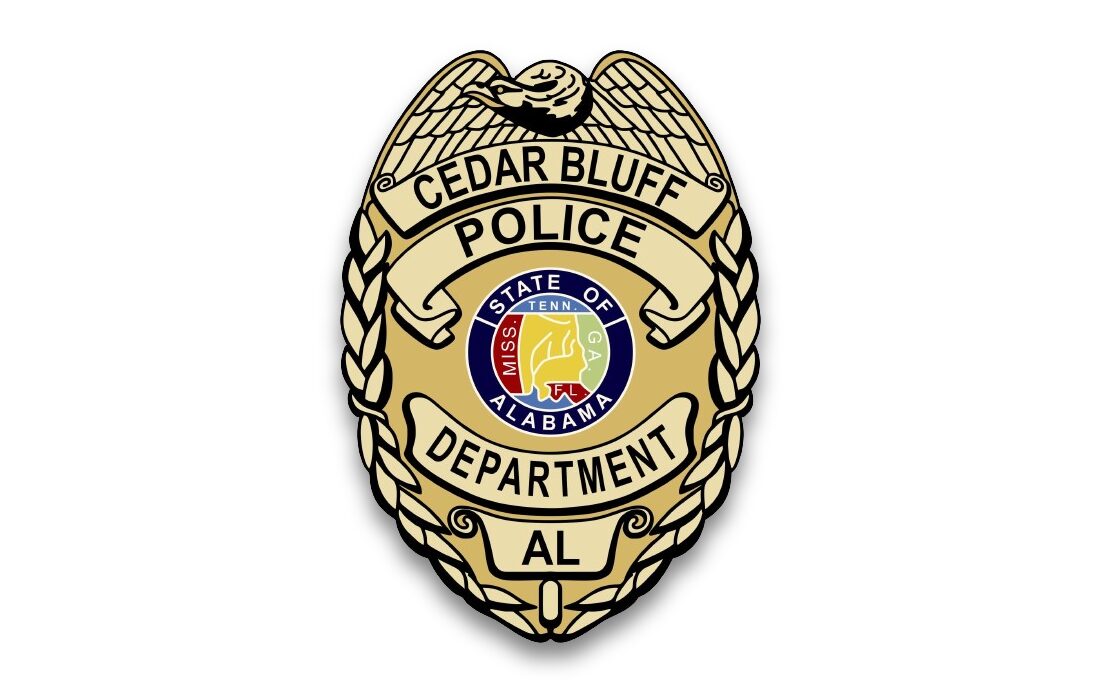
(NEW YORK) — With the nation still in the grips of an opioid epidemic that began decades ago, the crisis has deepened in recent years with the introduction of fentanyl, a synthetic opioid that is up to 100 times more potent than morphine.
The driving force behind a record-breaking 100,000 overdose deaths per year, fentanyl is now being laced in traditional opioids like oxycodone and heroin, and increasingly, in non-opioids like cocaine and various counterfeit pills.
But with its high death rate, why would drug dealers lace drugs with fentanyl, effectively killing off their potential customers?
According to experts, there are many reasons fentanyl has become such a widely used illicit drug, despite its high overdose potential.
Fentanyl is not always a death sentence
Fentanyl isn’t just a street drug. It is also a legal painkiller than can be given safely under the right circumstances.
When it comes to why some people overdose after taking fentanyl and some do not, it’s really “the fluctuation in purity that makes it unpredictable and deadly,” according to Nabarun Dasgupta, PhD, epidemiologist at the University of North Carolina at Chapel Hill studying opioids.
According to law enforcement officers and former drug dealers interviewed by ABC News, drug dealers often think they can mitigate the risk for their clients by measuring the fentanyl carefully.
Done correctly, lacing illicit drugs with fentanyl often creates a return stream of customers because fentanyl is considered highly addictive. This is why fentanyl is often found in drugs like cocaine, counterfeit Xanax, counterfeit Adderall, or other drugs not classified as opioids.
“Fentanyl is good for business if you layer addiction into it,” Dasgupta said.
Fentanyl is a cheap alternative to other opioids
A fraction of fentanyl could mimic the highs of other opioids, like heroin or prescription painkillers. Dealers will often use simple binding agents and a small amount of fentanyl when making counterfeit opioid pills or what they say is heroin, according to law enforcement.
Because a smaller dose has a similar effect relative to other opioids, it is also easier to smuggle.
Eric Falkowski, an incarcerated former fentanyl dealer interviewed by ABC News, claimed he could make over ten times the amount of counterfeit opioid pills with a kilo of fentanyl rather than with a kilo of traditional components.
Fentanyl production does not have tight quality control
Legal pharmaceutical products are manufactured with safeguards in place to ensure quality control. Drug dealers may not have professional chemistry skills and may not have quality control tests, which means that small mistakes when mixing the drug can be fatal.
“Street drugs have gotten a lot more variable since the start of the pandemic. Now you have mom and pop shops making street drugs – that creates disincentives for stability and control,” Dasgupta said.
In a phone interview with ABC News from prison last year, Falkowski spelled out his process and blamed the death in Tennessee on faulty equipment/mismanagement.
“I felt like I could mitigate some of the dangerousness by using better manufacturing techniques […] and that worked for a long time.” He said, adding that the Tennessee overdose outbreak caused by his counterfeit pills “really came from some inadequate procedures and equipment.”
Falkowski was ultimately convicted and sentenced to up to 25 years in prison in 2018 for intentionally adding fentanyl to counterfeit pills that resulted in someone’s death and over a dozen near-fatal overdoses in Murfreesboro, Tennessee.
Overdose deaths usually lead to investigation by law enforcement, which is bad for business and can often result in the dealer’s arrest. However, the drug is so profitable that it’s worth the risk. Falkowski told ABC he was able to have “a pretty long run” selling drugs laced with fentanyl before his pills killed someone.
Copyright © 2023, ABC Audio. All rights reserved.





